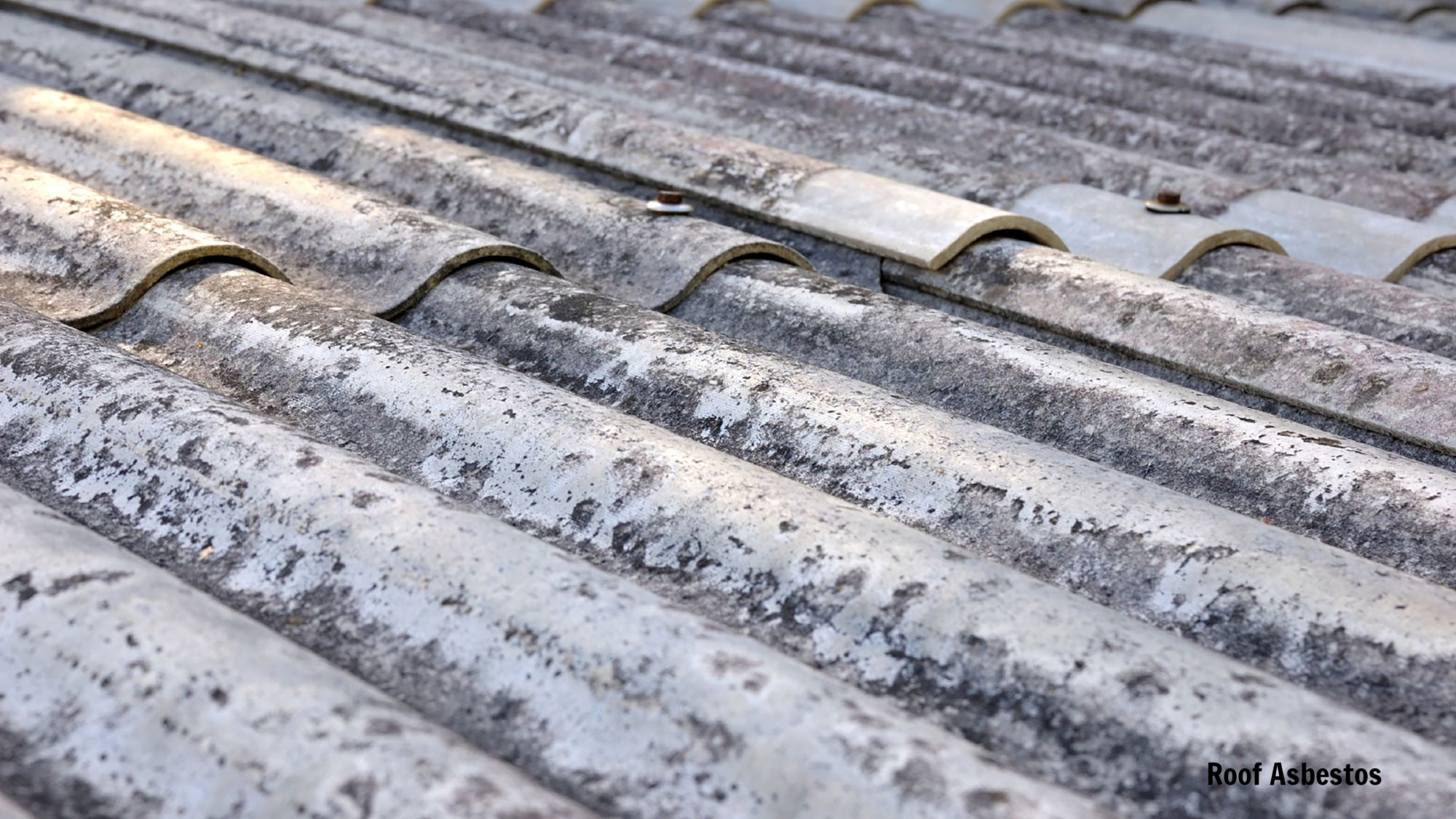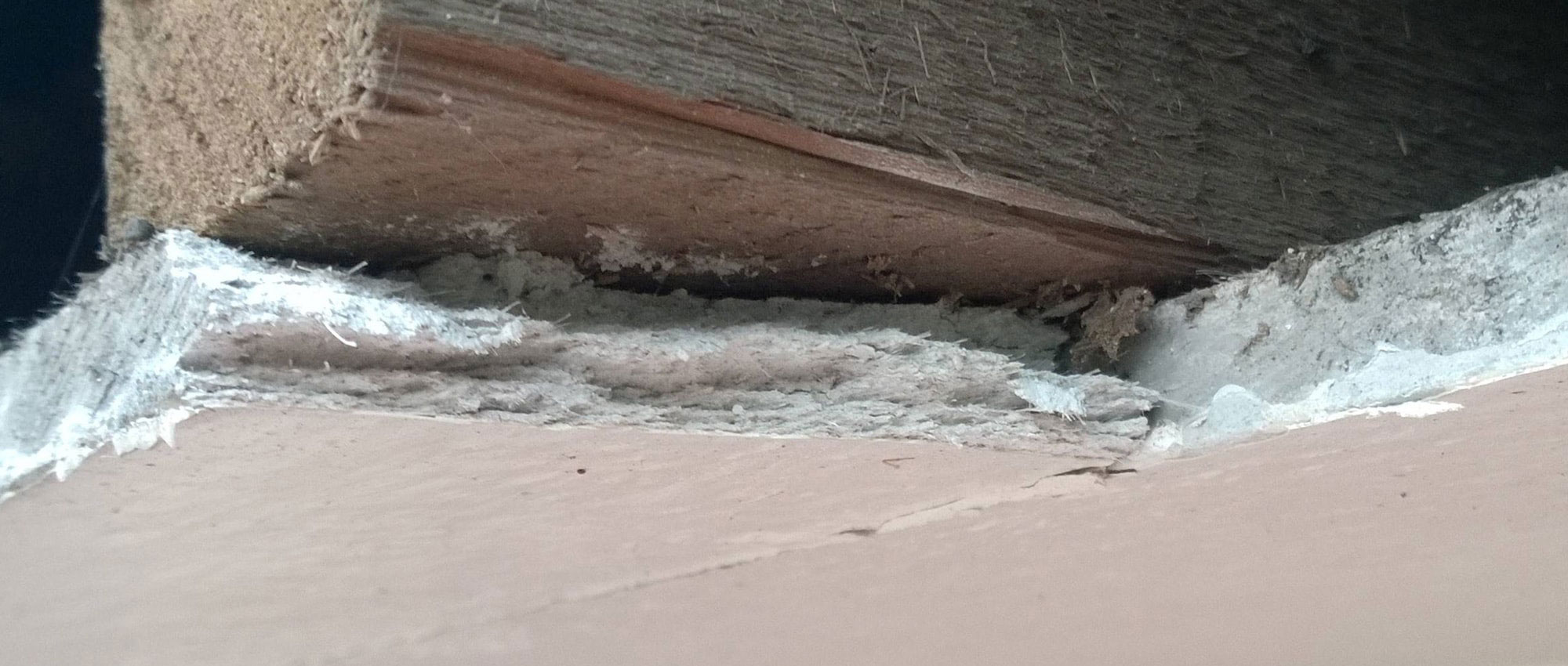What is Asbestos?
Asbestos is a naturally occurring mineral, that was used in building materials in the 1940s to 1980s as it is strong, flexible, insulates from heat and electricity, is chemically inert and affordable.
There are basically two types of asbestos materials used in construction. Friable and bonded. Friable asbestos is the most dangerous and is usually found in thermal insulation and pipe lagging (a type of insulation) and is not commonly found in domestic buildings. Bonded asbestos material however, can be found in most domestic buildings constructed before the mid 1980’s.
Why is Asbestos Dangerous?
If asbestos is bonded and its fibres are not airborne, it is not a risk to health.
If asbestos containing materials are disturbed or broken and the microscopic fibres become airborne, they can become a health risk when breathed into the lungs. Unsafe removal or damage of asbestos-containing materials can also contaminate the ground around your home.
The possible health effects of asbestos are:
• asbestosis (progressive and irreversible scarring of lung tissue that impairs breathing)
• lung cancer
• mesothelioma, a cancer of the linings around the lungs and abdomen
• non-cancerous diseases that affect the linings around the lungs and abdomen (commonly called ‘benign pleural diseases’).
Some diseases can take up to 50 years to develop, but others can also develop in much less time than that. While there are some treatments for asbestos related diseases, there are no known cures.
Where asbestos may be present
Asbestos was added to over 3,000 products, including (but not limited to) those used in home areas commonly renovated or repaired:
bathrooms
kitchens
under vinyl floors, behind tiles and in carpet underlay
carports, sheds and outbuildings
guttering, downpipes and roof sheeting
imitation brick cladding
fencing
gables and eaves
telecommunication pits
expansion joints
How to deal with asbestos
As long as asbestos is left alone, it rarely poses a risk in the home. It’s only when it’s disturbed, and the deadly asbestos fibres are released into the air, that asbestos becomes hazardous. If asbestos materials are in good condition, you can paint them and leave them be.
For work other than removal (for example preparing a non-friable asbestos wall for painting or drilling a hole for piping or electrical cabling) you do not require a licence or certificate. However safety precautions to minimise asbestos fibres getting into the air must be taken. If you are planning to remove friable asbestos-containing materials (loosely bound), you MUST use a business with a current class A asbestos removal licence to do the work.
Contact OneHome Inspections today for advice regarding how to deal with asbestos.



